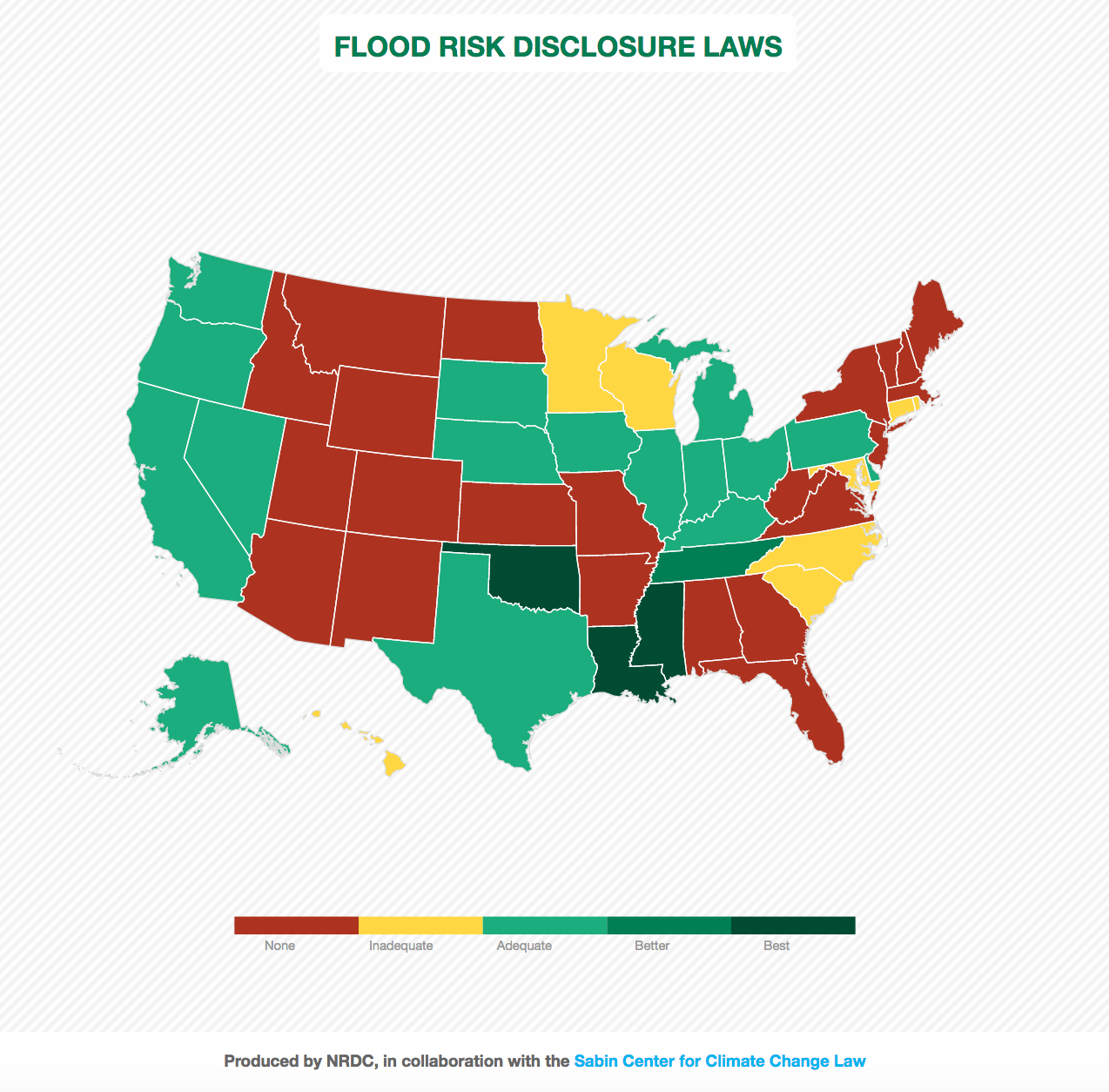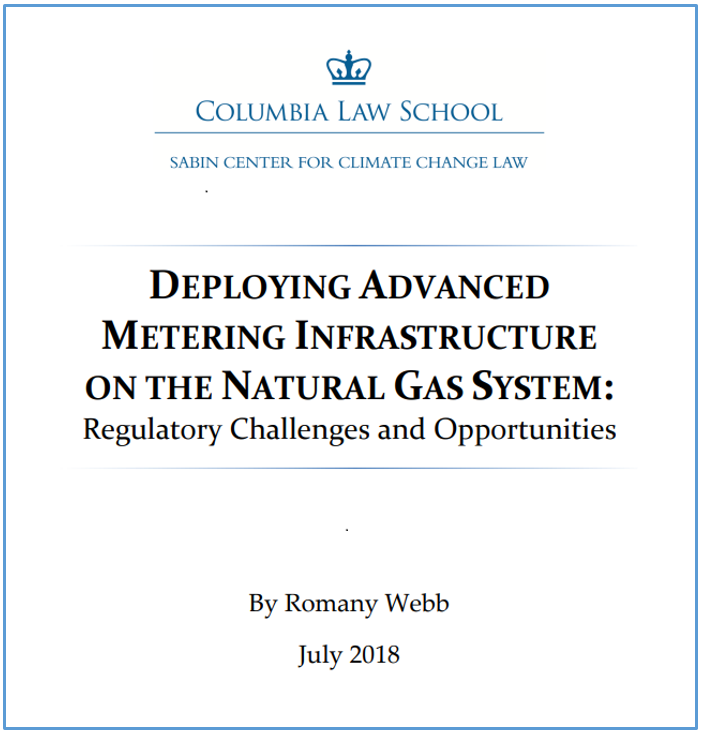By Jeffrey Hammons
Introduction
Over the past few months, the Michigan Public Service Commission (“MPSC”) issued a series of orders updating how it implements its obligations under Section 210 of the Public Utility Regulatory Policies Act (“PURPA”).[1] These orders could spur new development of solar energy facilities in Michigan. Due to the lower costs of solar PV, other states have seen large increases in the development of these facilities over the past decade thanks to PURPA. For example, as of August 2016, North Carolina had 1,173 MW of installed solar photovoltaic (“PV”) capacity as a direct result of PURPA. Other states could use the example set in Michigan as a model to update their own implementation of PURPA.
Background on PURPA
PURPA requires electric utilities to purchase energy and capacity from qualifying renewable energy facilities (“QFs”). The rates for these mandatory purchases are based on the utility’s “avoided costs,” i.e., the cost to the electric utility of the energy and capacity which, but for the purchase from the qualifying facility, such utility would generate or purchase from another source.[2] Under a cooperative federalism framework, PURPA directed the Federal Energy Regulatory Commission (“FERC”) to promulgate regulations to promote development of QFs and delegated to states the role of implementing FERC’s regulations.
Congress enacted PURPA to “encourage the development of cogeneration and small power production facilities.”[3] “Congress believed that increased use of these sources of energy would reduce the demand for traditional fossil fuels,” and it recognized that electric utilities had traditionally been “reluctant to purchase power from, and to sell power to, the nontraditional facilities.”[4] PURPA removes barriers for non-utility generation where such generation is cost-effective, thereby increasing competition and creating a downward pressure on future energy costs.[5]
Michigan’s New Implementation of PURPA
The MPSC orders for the two largest utilities in the state made a number of changes to key issues related to Michigan’s implementation of PURPA, but three issues stand out as most important for promoting greater development of QFs in Michigan. First, the orders updated the methodology used to calculate the utilities’ avoided costs. Second, the orders required standard rates of purchase for all QFs with a nameplate capacity of two megawatts or less. Third, the orders set term length requirements for PURPA contracts with utilities for facilities with a design capacity of two megawatts or less.
- Updated Avoided Cost Methodology
The new avoided cost methodology in Michigan allows a QF to select avoided costs based on the levelized cost of a proxy plant or on forecasted market prices in MISO. For the proxy plant method, the avoided energy cost proxy is a natural gas combined cycle unit (“NGCC”), and the avoided capacity cost proxy is a natural gas combustion turbine unit (“NGCT”). The MPSC reasoned that, because the utility would most likely build an NGCC if it required additional energy, the proxy should be such a plant. The MPSC reasoned similarly when setting an NGCT as the avoided capacity cost proxy.
- Standard Avoided Cost Rates for Two Megawatt or Less Qualifying Facilities
By setting standard rates for purchases by QFs with a nameplate capacity of two megawatts or less, the MPSC intends to allow larger facilities to participate in the state’s implementation of PURPA. PURPA requires states to establish standard rates for facilities with a nameplate capacity of 100 kW or less, but PURPA also grants states discretion to set these standard rates for facilities up to 80 MW, depending on special circumstances. These standard rates will be available using both the proxy plant methodology and forecasted market prices methodology. The MPSC recognized that allowing larger QFs to receive standard rates reduces transaction costs, and reduced transaction costs could promote greater development of QFs in Michigan. The MPSC also noted that the nameplate capacity cap for standard rates could be raised in the future.
- 20 Year PURPA Contract Term Length
QFs in Michigan will be able to choose a PURPA contract term length of up to 20 years, which will allow developers to attain the financing necessary to develop new facilities. The MPSC reasoned that 20 years is reasonable because it corresponds with the planning length generally employed by the utilities and increases QFs’ ability to obtain the financing necessary to develop. A long-term PPA is one of the most important factors effecting whether a project can obtain financing. The MPSC’s reasoning follows a FERC opinion that PURPA contract term lengths “should be long enough to allow QFs reasonable opportunities to attract capital from potential investors.”[6] These term lengths are similar to other states too, such as Oregon and Wyoming, which also have 20-year terms for PURPA contracts.[7]
Conclusion
The combination of standard rates for QFs up to two megawatts and term lengths up to 20 years will create new opportunities to develop solar energy facilities in Michigan. The use of natural gas proxy plants to value avoided costs promotes the twin aims of PURPA to encourage development of QFs and reduce reliance on fossil fuels. Lastly, other states interested in spurring this kind of development can model their own update on the new framework established in Michigan.
As the cost to develop renewable energy facilities continues to decrease, other states are now seeing PURPA complaints arise between developers and utilities concerning adequate avoided cost rates and contract term lengths.[8] It may be time for these states to follow Michigan’s lead and issue new orders updating their implementation in a way that avoids the costly need for parties to use the complaint process as the only means of implementing PURPA.
Jeffrey Hammons is an Associate Attorney at the Environmental Law & Policy Center in Chicago, IL, where his litigation practice covers issues of pollution control and energy law. Jeffrey graduated from Columbia Law School in 2016. Follow Jeffrey on twitter at @jt_hammons
Footnotes
[1] See generally In re Consumers Energy Company, Case No. U-18090, May 31, 2017 Order (Mich. Pub. Serv. Comm’n) available at https://efile.mpsc.state.mi.us/efile/docs/18090/0162.pdf; In re DTE Energy Company, Case No. U-18091, July 31, 2017 Order (Mich. Pub. Serv. Comm’n) available at https://efile.mpsc.state.mi.us/efile/docs/18091/0093.pdf.
[2] See 16 U.S.C. § 824a-3(d).
[3] Am. Paper Inst. v. Am. Elec. Power Serv. Corp., 461 U.S. 402, 404 (1983).
[4] FERC v. Mississippi, 456 U.S. 742, 750 (1982).
[5] See In re Promoting Wholesale Competition Through Open Access Non-discriminatory Transmission Services by Public Utilities, 75 F.E.R.C. P61,080, at § III.C (1996) (“Congress recognized that the rising costs and decreasing efficiencies of utility-owned generating facilities were increasing rates and harming the economy as a whole.”); see also FERC v. Mississippi, 456 U.S. at 750-751.
[6] Windham Solar LLC and Allco Finance Limited, 157 F.E.R.C. P61,134, ¶ 8.
[7] See In re Application of Rocky Mountain Power for Modification of Contract Term of PPA Agreements with QFs, WPSC Docket No. 20000-481-EA-15, Record No. 14220, Order No. 23451 at 21-22 (Wyo. Pub. Serv. Comm’n June 23, 2016); In re Investigation into QF Contracting, OPUC Docket No. UM 1610, Order No. 14-058 (Or. Pub. Util. Comm’n Feb. 24, 2014).
[8] See e.g., Red Lake Falls Community Hybrid, LLC v. Otter Tail Power Company, MPUC Docket No. CG-16-1021 (Minn. Pub. Util. Comm’n); Optimum Renewables, LLC v. Interstate Power and Light Co., IUB Docket No. FCU-2017-0004 (Iowa Util. Bd.)




